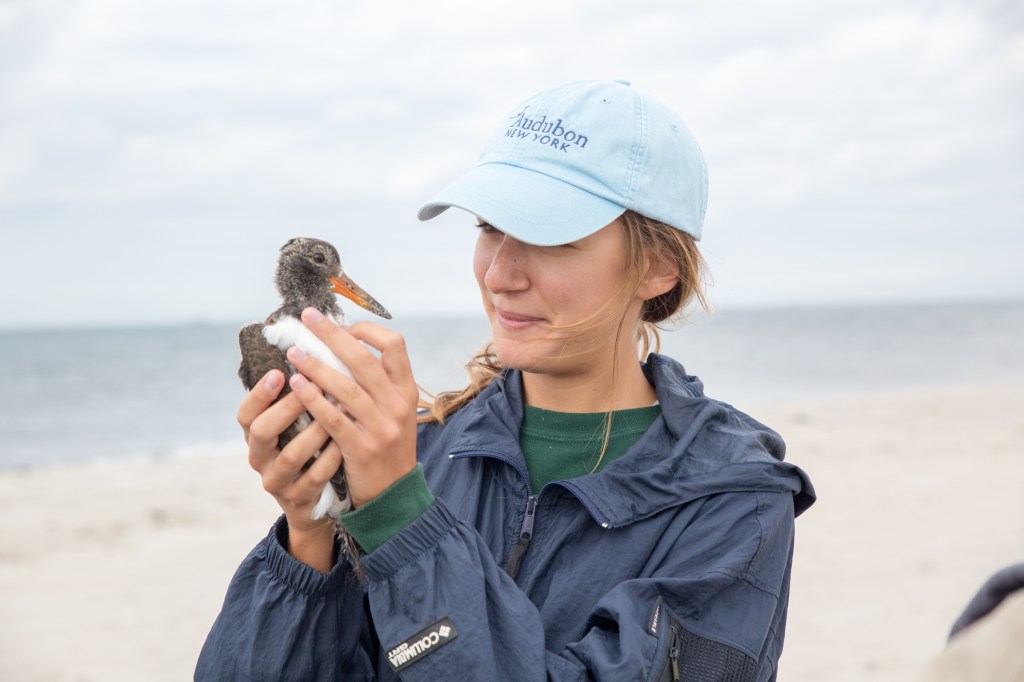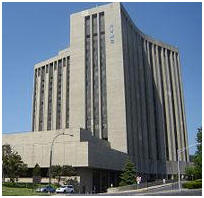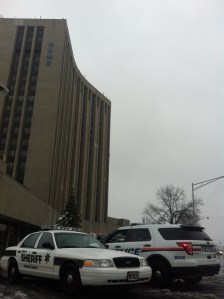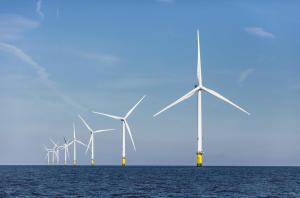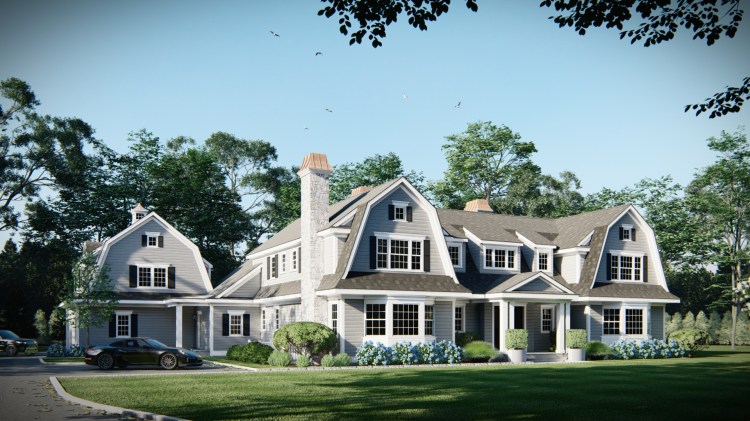Last year’s hurricanes washed away homes, destroyed businesses and caused devastating losses of life. The deadly combination of rising seas and increasingly dangerous storms means we are certain to face more destruction in the years to come.
But there’s a simple way to avoid some of this damage. A powerful, unsung coastal law helps curb the vicious cycle of storm damage and loss by steering people and development away from the volatile water’s edge, saving lives and billions of taxpayer dollars, a new report has found.
How does it do that?
The law uses a basic free-market approach: tax dollars can’t be spent on disaster relief to storm-prone, ecologically sensitive coastal areas. The law doesn’t ban communities or individuals from repairing damaged homes or buildings. It just says that the money to make those repairs won’t come out of taxpayer’s pockets.
By removing the federal money that would go to paying for post-storm rebuilding, the law sends a clear message: keep developing here at your own risk, but don’t expect taxpayers to foot the bill.
Protecting these coastal areas helps conserve habitat for birds and other wildlife, as well as critical natural buffers that are the front line of defense against storms and flooding for coastal communities.
The Coastal Barrier Resources Act already has saved taxpayers a whopping $9.5 billion, according to a new report published in the Journal of Coastal Research. Those savings are predicted to grow, especially if the administration and Congress expand the coastal areas covered by the act. The study found taxpayers could save as much as $108 billion in the next 50 years based on money the federal agencies spend on post-disaster aid.
Roughly 3.5 million acres are protected currently under the law, including barrier islands, beaches, wetlands, estuaries and nearshore waters along the Atlantic Ocean, the Gulf of Mexico, and Great Lakes. Some Long Island coast is included. Federal funds for disaster relief, federal flood insurance, highways, and dozens of other federal programs cannot be used in these areas.
As a result, more than 80% of the zones covered by the act remain undeveloped or lightly developed, ensuring that habitat vital for birds, fish and shellfish, and other wildlife, continues to exist along the nation’s coasts. Nearly 400 species of birds use the Atlantic coast flyway for nesting, migration and overwintering, depending on the lands and waters that are protected through the Coastal Barrier Resources Act.
This is a win-win proposition.
Proposals now under consideration by the administration would add another 277,000 acres to the program. That includes adding 19,768 acres to the approximately 104,600 acres now covered under the law on Long Island. The U.S. Fish and Wildlife Service is currently accepting comments from the public on those changes.
The Coastal Barrier Resources Act has earned bipartisan support since Congress first approved it in 1982. President Ronald Reagan applauded the law’s “common sense philosophy.” Last December 21, President Trump signed legislation that added over 18,000 acres to the system along the mid- and south-Atlantic coasts, protecting additional habitat while promoting public safety and saving tax dollars. Conservative think tanks, insurance industry groups, state organizations, and conservation groups joined in support of the important legislation.
The combination of booming coastal development and increasingly frequent severe storms fueled by climate change is lethal and devastating. The number of billion-dollar-damage disaster events — the majority of them coastal storms — is escalating dramatically.
Expanding the areas covered under the Coastal Barrier Resources Act is plain common sense. Discouraging development along come of our most vulnerable coastal areas will protect lives, preserve vital habitat for birds and other wildlife and save taxpayers billions of dollars.
David Yarnold is President and CEO of the National Audubon Society.



